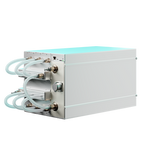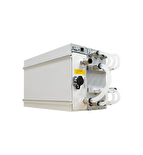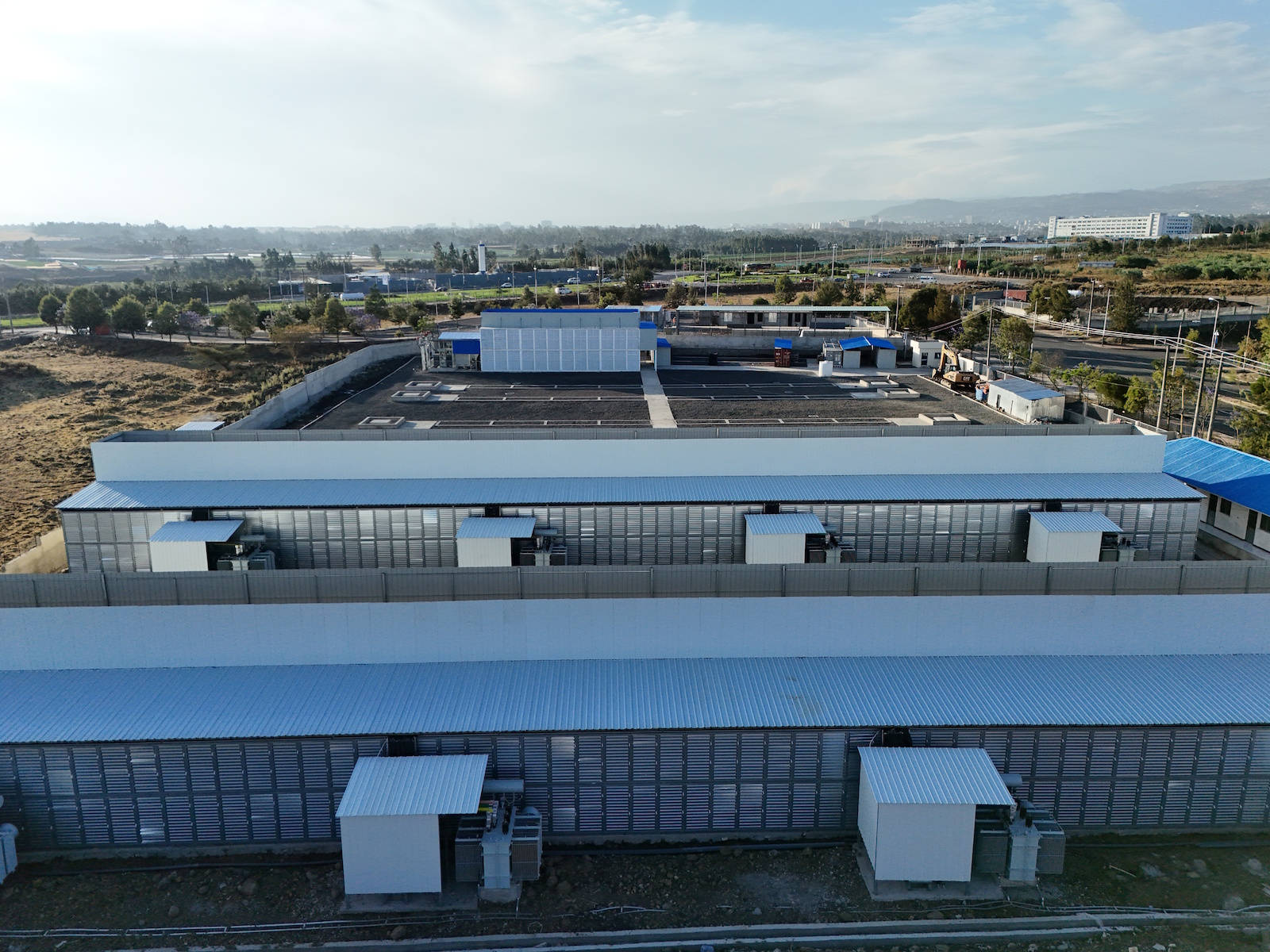
A look at key insights from the recent Uminers & Cointelegraph roundtable on retail mining, infrastructure shifts, and the evolving role of Proof-of-Work.
In July 2025, Uminers, in collaboration with Cointelegraph, hosted an open roundtable to assess the current state of crypto mining and its trajectory. The discussion gathered perspectives from a wide range of industry voices, including representatives from Ledger, Bitdeer, Kaspa, Dash, Bitcoin Mining World, and the Texas Blockchain Council.
The conversation reflected the changing nature of mining, from solo hobbyists to large-scale infrastructure projects, and highlighted how the sector is adapting in response to profitability pressures, energy dynamics, and the growing overlap between mining and data center operations.
Retail Mining Remains a Gateway
Participants emphasized that mining remains a relevant entry point for retail users, even as centralized exchanges dominate the current crypto onboarding process. Joël Valenzuela, head of business development at Dash, noted that before exchanges became the default access point, many users discovered crypto through mining. "It still provides a tangible way to participate in securing the network," he said.
Low-power devices continue to attract small-scale miners. Scott Offord, CEO of Bitcoin Mining World, pointed to compact USB miners like Bitaxes, which appeal to users not for revenue, but for participation. Kaspa's Chris Wolf added that, for many retail miners, profitability is secondary. "It helps them stay connected. For some, it's a technical hobby more than anything else."
The applications extend beyond mining alone. Offord highlighted examples where excess mining heat is redirected to power greenhouses or alcohol distillation setups. He also cited a scrapyard in Illinois where old tires are converted into gases like methane and propane, which in turn are used to generate electricity for Bitcoin mining. The leftover materials are repurposed in construction.
Wolf attributed the revival of home mining in part to advances in algorithm efficiency. Kaspa's mining algorithm, for example, consumes up to 40% less energy than traditional SHA-256 systems, making small devices viable again.
Infrastructure Is Expanding Beyond Crypto
As miners seek new ways to stabilize revenue, the industry is beginning to intersect with adjacent infrastructure sectors – most notably, AI.
Filip Arambasic, Head of Strategy and Partnerships at Uminers, noted that excess mining capacity is increasingly being redirected to AI workloads, especially during bear market periods. "It's a structural shift. Power that was once allocated exclusively to Bitcoin can now be used for machine learning models," he said.
Bitdeer's Sharif Allayarov pointed to his company's partnership with Nvidia as an example of this crossover. The move toward high-performance computing (HPC) is becoming a viable second pillar for established mining operators.
Offord emphasized the broader transformation underway: "Miners are evolving into data center operators. That identity shift is key."
As setups become more complex, so do demands around custody and security. According to Sebastien Badault from Ledger Enterprise, miner interest in institutional-grade solutions has grown substantially over the past year, despite not being Ledger's primary customer base historically.
Reassessing the Role of Proof-of-Work
While the conversation acknowledged the growing interest in staking and hybrid consensus models, participants argued that Proof-of-Work (PoW) still has a place, especially when applied with greater efficiency.
Valenzuela explained Dash's transition from a fully PoW chain to one that now derives much of its security from chain locks and a staked layer. Still, he doesn't view PoW as obsolete. "There's a strong case for using surplus electricity or stranded energy to support decentralized mining without competing head-on with institutional ASIC farms."
Offord added that miners can actively stabilize regional power grids by consuming excess electricity, particularly when integrated with renewable sources. This dual role – as miners and energy market participants – could support a more sustainable future for PoW.
Geopolitical Trends and New Mining Hubs
As mining grows more global, new regions are emerging as potential hubs.
Arambasic shared that Uminers is currently building a 175-megawatt data center in Ethiopia, citing the country's competitive electricity prices, favorable climate, and expanding infrastructure. He also highlighted Bhutan, Paraguay, and Texas as strong candidates for future growth.
Despite the climate challenges, Wolf pointed to the UAE and other Middle Eastern nations as viable options. In the U.S., Kansas and South Dakota are gaining attention for their inexpensive land and electricity.
Participants also discussed Pakistan's recent announcement of a national Bitcoin reserve strategy. While the policy signals long-term potential, regulatory uncertainty, especially concerning retail ownership and foreign investment, remains a barrier.
Expanding mining into new regions may help mitigate geographic concentration and support a more resilient global hashrate distribution.
For the full discussion, follow the link to the roundtable https://x.com/i/spaces/1YqGooRwDVQGv






















